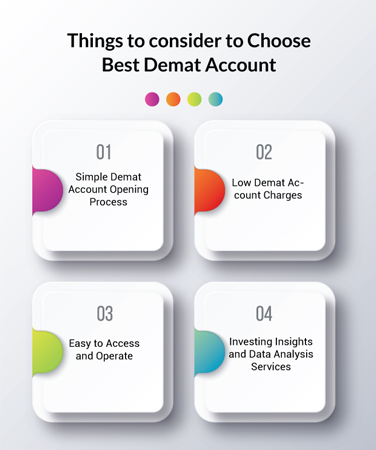Whether you are first-time or a seasoned investor, data analytics is vital to your investment success. Today, DPs have moved over plain vanilla demat accounts and have upgraded themselves to provide an array of financial insights and data analytic services to clients.
To take advantage of these value-added but crucial services, choose a DP that provides you these services with reasonable charges. You should enquire whether they provide timely alerts, direct call-to-action requests, demat inflow and outflow analytics, real-time valuation, portfolio performance analysis, etc.
Before you open a demat account, be careful to learn about all these factors and maximize your returns and protect your investments. A demat account and trading account is as essential as a bank account today to take advantage of India’s thriving financial markets. Don’t lose on this opportunity and open a demat account today to kick-start your investment journey.
With IIFL and Demat Trading account, you get access to the industry’s best trading platform and regular personalised portfolio analysis. IIFL stock brokerage services which provide demat services of both NSDL and CDSL. Client investing with IIFL can use proprietary TT EXE, TT web (desktop) and IIFL Securities app for transactions. For HNI clients, we provide dedicated experienced RMs to help in execution and advice.

